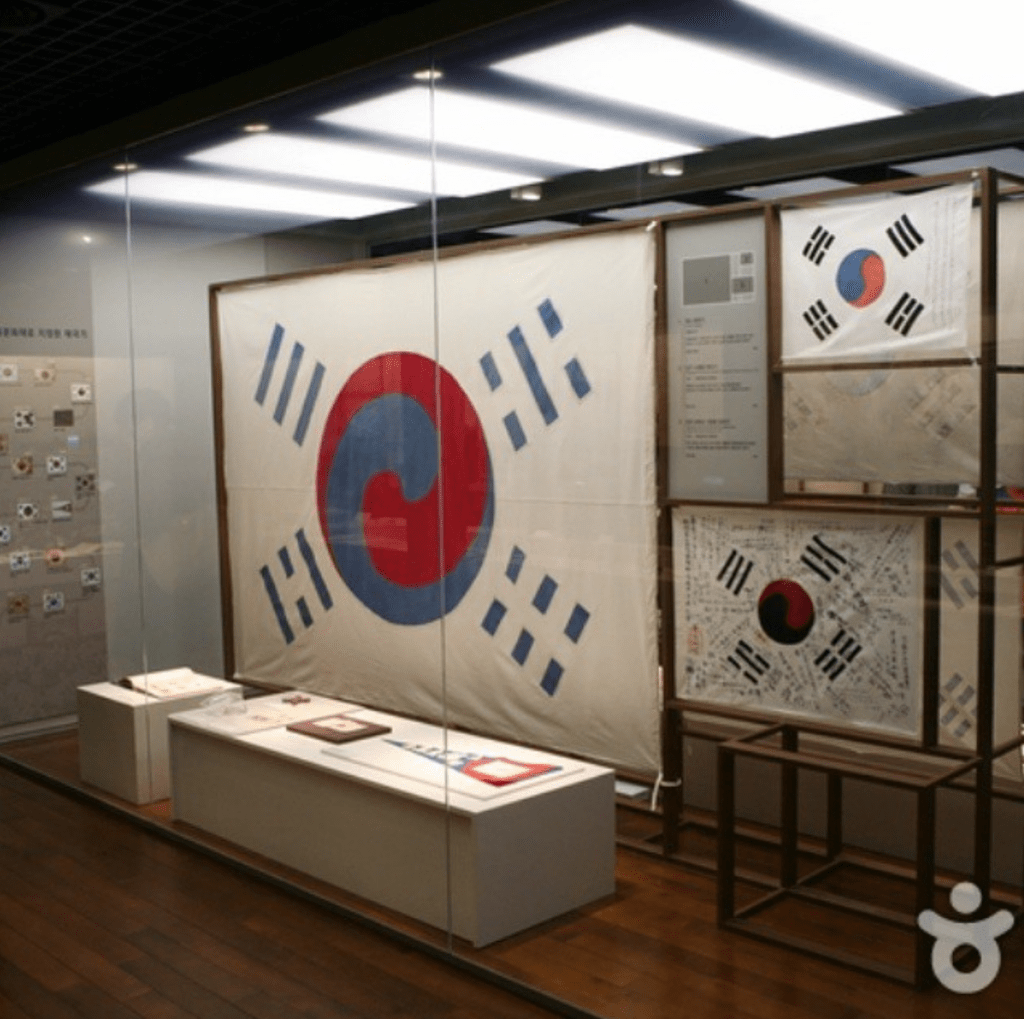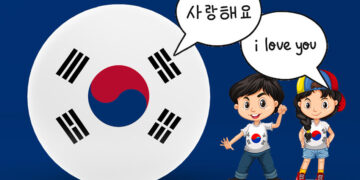Last Updated on 2 years by admin
The flag of South Korea is a symbolic representation of peace, creation, unification, eternity, and light. It is also known as the Taegeukgi, and it’s a symbol of pride for the South Korean people.
So, you might wonder why you would want to know about the country’s flag. That’s because the South Korean flag has a fascinating history.
History of the South Korean Flag
Prior to the 1870s, South Korea did not have a national flag. The need for a flag arose when the country started negotiating with Japan, the Korea Treaty of 1876. During the negotiations, when the Empire of Japan presented the Japanese national flag, there wasn’t one from the Korean Joseon Dynasty. It was then that the need for a South Korean flag was first recognized.
Subsequent treaties with foreign nations further emphasized the necessity of a Korean flag.
Various proposals surfaced, including a suggestion to incorporate the flag of the Qing Dynasty into the Joseon Dynasty flag.
Read more: 5 Grand Palaces of Seoul
The issue once again came up in 1882 when the Joseon delegate presented a flag that was similar to the Japanese national flag. This flag was presented to the Chinese official and Ma Jianzhong, a renowned scholar. Ma disagreed with the proposal of using the Qing Dynasty’s flag as the South Korean flag. He suggested a flag with a white background and a half-red/black circle in the center with eight black bars around it.


In August 1882, this flag with traditional symbols was adopted, and since then, it has remained the basic pattern of the flag. It was designed during the reign of King Gojong by the Korean ambassador to Japan.
Under the Japanese occupation, the flag was outlawed for 36 years! It was revived back in 1948 under the US occupation and declared official by the government in 1949.


In 1950, the black bars in the flag were positioned as they are now. The distancing between the split bars was updated in 1984, and the colors were defined through a presidential decree in 1997.
Read more facts about South Korea on the Korea Tourism Website.
Taegeukgi – The Korean Flag
The flag’s colors are red, blue, and black on a white background. Each color represents a component of the nation. The white represents the land, the red and blue represent the people, and the black lines represent the government. The white background also represents lightness and purity, reflecting Korea’s love for peace and harmony.
The elements of the flag are symbolic of the dual forces in nature. The central red and blue circle in the middle is called taegeuk in Korean. It literally translates into ‘supreme ultimate.’ The circle itself is divided into two – the upper red part represents the forces of yang (like yang in Chinese), and the lower blue part represents the forces of ‘um’ (like yin in Chinese). Both red and white parts resemble a comma, just like the yin-yang symbol of ancient philosophy.
Even the shape of the red and blue parts is significant. The wide part of the comma represents the beginning of all things, while the tail represents the end. Thus, wherever yang initiates, um recedes, and vice versa.

The yin and yang come together to form the ‘to’ (tao in Chinese), reflecting the continually changing opposite but complementary forces in all aspects of life. There is light and darkness, good and evil, masculine and feminine, and so on.
The four sets of bars, or trigrams, also convey the dualism of the cosmos. These trigrams come from the I-Ching, the oldest Confucian classics on Chinese cosmology. Only four out of the original eight trigrams are represented on the Korean flag. The four trigrams also symbolize the seasons and the cardinal directions in Taegeukgi.
The components of the Taegeukgi represent not only the nation’s flag but also the country’s values and ideologies. It symbolizes the principle of movement and harmony that is integral to South Korean culture.



















